In Dec ’06 I visited Hokkaido to photograph the Red-Crowned Cranes. Three and a half weeks ago, we started a series of travelogue style episodes in which you can join me on my photographic adventures and share my experiences while viewing some of my shots in iTunes or on my Web site. We pick up the trail at the start of the fourth and final day, again looking through the shots from this day, and also summarizing what I ended up gaining from this trip compared to what I was hoping for.
Before we go on to the main topic for today, note that this is the final week that the Martin Bailey Photography Podcast is being sponsored by top camera bag manufacture Lowepro. Over 40 years of firsts in camera bags. If you didn’t yet hear my review of the bags I use and details of the Stealth Reporter D650 AW camera bag that you can win in the Photography Assignment, please listen to Episode 70 of this Podcast. There’s still plenty of time to scoop this amazing prize. Thanks again to Lowepro for your support and generosity!
If you remember from the first few episodes of this travelogue, on this trip I was hoping to get three types of shots. Having gotten a few nice panning shots of the birds flying in the almost dark, with the movement of the wings recorded on film over the previous two evenings, I was relatively happy that I’d got some decent shots of the first type. The second two types of shots though depended on weather certain conditions and with just four days here, were always going to be hit and miss. I got up at 5AM on this final day to get out to the Otowa Bridge, which you might recall directly translates as “The Sound of Wings” bridge, and was still hoping for a chance to get some of the second type of shot I was after, which is the Cranes from this bridge enshrouded in the mist around dawn as the birds as they start their day. It was very cold on this final morning, but it was not quite as cold as it needs to be for the river to get misty as I’d hoped. For this the temperature needs to drop to around minus 15 degrees Celsius, or 5 degrees Fahrenheit. I don’t remember exactly, but I think it was around minus 8 to 10 degrees Celsius as I approached the bridge, still clinging to some threads of hope. As I setup my tripod with the 600mm F4 lens and peered down onto the river where the Cranes roost of cold nights, trying to make out the scene in the pre-dawn dark, I could see lots of lots of cranes, so it had obviously been cold, but unfortunately there was no mist. There went my chance to get the second type of shot of the three. There were a lot of cranes there though, so I decided to hang around on this last day, as I was hoping now to get some shots of the birds as they left this location, probably to fly to the Itoh Crane Sanctuary where I’d been spending most of the days here. This was kind of a gamble, as I was quite possibly throwing away my chance to get the third type of shot, which was one with a pair of cranes honking in the warm sunlight with the mist bellowing out of their beaks. I have some shots with the freezing breath visible from previous trips, but I really want one with the warm early morning sunlight as a backdrop. I could possibly have still gotten this shot had I gone to the Sanctuary now, and waited for sun-up, but there was no guarantee that the sky would turn orange as the sun rose, so I decided to stay here at the river, and try to capture the cranes in a different environment than the Sanctuary.
Let’s take a look at the first shot today, which is number 1246, where we can see a fairly large number of cranes still wandering around in the river as they start their day, and what are actually four Whooper Swans that have just taken off from the river, in the stretch of water between the back and front islands to the left. I found it quite interesting that these large birds all roost together, without any territorial squabbles. This was shot at 7:36AM, around 45 minutes after the sun hits the horizon. The low cloud and the mountains stopped this area from receiving any direct sunlight at this point, but the sky was taking on a slight orange tint, which was reflecting nicely in the water of the river. This was probably enhanced somewhat by the boost in saturation that I give my shots to get that Velvia slide film look that I like, but this is pretty much how I remember the scene anyway. I have cropped this image along the top and the bottom, to remove some unnecessary areas that really added nothing to the shot. If you take a look at the EXIF data below the image in my online gallery at martinbaileyphotography.com you’ll see that I was shooting at 840mm, which is the 600mm F4 lens with a 1.4X extender, which is what Canon calls a teleconverter. I had stopped down a little to F11 to get the background scene more in focus, but you can see that as I’m focusing on the flying swans here, even the cranes below at the front are slightly out of the depth of field, and the ones at the back of the scene are quite out of focus. There is enough detail in the scene though to be able to see what’s happening, and also allow us to focus on the swans that are sharp, removing any doubt as to what the main subject of the image is. The F11 aperture by the way meant that I had to raise the ISO to 400 to be able to get a shutter speed of 1/160th of a second. Because I was in manual mode you can see the amount of exposure compensation I was using, but as I recall, I was exposing around 1 to 1 and a third stop under what the camera’s meter was thinking, as it was still not all that bright a scene, and I didn’t want to falsely brighten it up at all. I would probably have gone as low as minus two stops for this kind of light had the river not been reflecting quite a lot of light, which was kicking the exposure back the other way, cancelling out some of the metering systems shortcomings. Note that I do use centre weighted metering most of the time, as opposed to evaluative metering, so I’m working more with direct light readings than the more intelligent matrix readings and algorithms that the camera would do if I left it totally up to the camera, so this might not translate exactly to your own shooting style. Really the best thing to do to get your own exposure right in the field is to keep checking your histogram to make sure you’re where you think you need to be for any particular scene. For a scene like this, you’d expect to see a large hump over in the left third or quarter, for the dark area of tree in the background and the sides of the frame, but another hump in the right quarter or so for the lighter water. With digital I generally tend to expose for the highlights, ensuring that nothing is blowing out, so ensuring the right side of your histogram doesn’t hit the right shoulder is usually a good guide.
In the next shot, number 1249, we see a close-up of a Red-Crowned Crane as it approached the bridge flying away from the river. This was singled out from a group of five or six cranes that had just taken off, which I chose to do rather than shooting with the 100-400mm lens on my 5D getting the whole group in. I did shoot some shots like that, but for now, want to look at this particular image. You’ll notice that I was still at F11, this time with a shutter speed of 1/125th of a second, and I’d dropped the ISO to 200 as it got lighter. This cost me a little shutter speed, but I wanted to get some movement in the bird’s wings as well. I can’t pretend though that I was changing these settings for each individual shot. There is simply not enough time to change the settings from the longer shots to the close-ups as the birds come towards you. One thing I was trying was keeping the Manual settings at F11, then the Aperture Priority settings at F5.6 or something, and switching from Manual to Aperture Priority as an easy way to switch around, but I found this to be a little troublesome and confusing, and I don’t recall if this really helped any more than it slowed me down. I will continue to develop this as a way of shooting though, as more practice may help to make it a more fluid switching system. The other thing of course is simply making a few clicks one way to change the aperture and a few more clicks the other way to change the shutter speed, of course I’m talking about when in Manual Mode, but when you’re talking just a second or so from when multiple birds are filling the frame to having to focus on a single bird coming towards you pretty fast, it can all just get pretty confusing and cost you the shot. The other thing I’m doing obviously is shooting with a second camera setup differently with a 100-400mm lens, so that I can zoom in and out much more efficiently and have a different depth of field at the ready. On the artistic side, I have kept this image quite dark, again, as there really was not a lot of available light around yet, but also to enhance the highlights that we can now see hitting the bird from back left where the sun was now breaking through the clouds. This sunlight was still not hitting the river below, but was now high enough in the sky to clear the mountains and break through the cloud hitting objects around the height of the bridge on which I was standing. These highlights are what make the shot for me, on the body and tail, plus neck and the side of the face of the bird, but also the tips of the wings. With a little movement registering, we can see the soft morning light illuminating the tips of the Cranes wings against the still very dark background.
In image number 1253, we can see another mass exodus as more than 30 cranes take to the sky from the river. There are I think around 28 birds in the main group, four more in a sub-group below the main group, one taking off alone from the furthest island on the left as we look at the shot, and another two cranes flying way in the background at the top right. I chose this from a number of images shot in succession as the birds flew towards me, mainly because the left and right-most cranes were nicely spaced from the edges of the frame without any cropping, I liked the two birds in the top right adding a little more interest, which will be much more apparent in a large print, and also, I like the pair of birds walking in the river to the left. I often see these cranes just walking around in pair, and again, I’m personifying them somewhat here, but it always seems as though they’re just having a breakfast time stroll, reflecting on life in what seems to be, although extremely harsh conditions, something of a Utopia for these magnificent birds. There’re two more pairs in the middle of the frame as well, that seem to be just wandering around, which for me just adds a little more to the overall story that unfolds the more I look at this image. Trying now to get to ISO 100, for minimal grain, I’d opened the aperture up to F8, with a shutter speed of 1/250th of a second when I shot this. Again, to a certain extent being governed more by the changing light than for the need for more of less depth of field, but as the entire scene was so far away, even when shooting this at 600mm, having removed the 1.4X extender for a while, I think there was enough depth of field at F8 to pull this off. We can see now, with the sun having been up for an hour and twenty minutes, that the suns rays were now catching the wings of the cranes even at this part of the river, and the surface of the water was much brighter now and still taking on quite a yellow cast, partly due to the warm morning sun, and partly down to the saturation settings used in post processing.
It was shortly after this that I had to head back to the Hotel Taito for breakfast, and say goodbye to this location for this trip. There are more images from this few hours pre-breakfast shoot on my web site along with all the others from this trip. Again, I’ll put a link to display all the images from the trip in the shownotes, but let’s continue looking at the rest of the day’s shots that I started after breakfast, with image number 1255. In this photo you can see that the I had basically lost my chance to get the third kind of photo I’d been hoping for, which is the cranes with their breath freezing against the warm morning sun as a background. It was just too warm as the sun came up on this final day too. This is a nice-ish shot with the two cranes honking, one of them with the wind ruffling up its tail-feathers, and the other behind honking too, kind of like a backup. The tree to the right in the background is in focus enough to add a little interest, but not so much that it overpowers the main subjects, which are of course, the cranes. I like this shot mainly because of the detail in the tail of the crane on the right side though, plus there are no other birds cluttering up the shot, and there’s a nice catch-light in both birds eyes. One other thing to note here is that many of the birds at the Sanctuary actually have id rings on their legs, so it’s always nice, as with this shot, to capture some crane that have not yet been tagged. I shot this at F8 for 1/400th of a second, at ISO 100, with my 600mm F4 lens.
In image number 1259, we can see another pair of cranes, this time one with tagged legs. For this shot, I really just like the slightly comical way the crane to the right is looking very nancilantly at the bird to the left, who is obviously trying its best to impress with a wonderful dance. The catch-light in the bird to the lefts eye is nice too. Shot at F8 for 1/500th of a second, again at ISO 100, with the 600mm F4 lens. Not a particularly great shot. I thought I’d include it today really to also just touch on cropping. It always feels good to nail a shot in such a way that it requires no cropping, but I feel that cropping should also be used to enhance a shot. It is part of the composition, sometimes visualized when shooting, such as to remove to top, bottom or both of a shot that will obviously look better as a letterbox style panorama, but it can also be an afterthought. Either way, I don’t particularly feel that cropping a shot is in any way cheating, as some people seem to think, even if it is being done to remove something that detracts from the main subject. In the original of the image we’re currently looking at, it was obvious I’d need to crop it when I shot it. There was part of a single crane on the left edge, and the tail of another crane encroaching into the scene from the right. After cropping them out I’m left with a perfectly balanced square image. Of course, I could have changed to a vertical composition, but as I was using a prime lens, not a zoom, I would have just ended up with more foreground and sky that would not have been necessary, so I’m happy with simply cropping out around 20% of the left side and 10% of the right of the image. On occasion, I’ll also crop out portions of a larger photo, when I could simply not get physically closer, or did not have a long enough lens to make up for not being able to get closer. You need of course to be careful as to not cut so much away that you leave yourself with a tiny image, especially if you want to make large prints, but the amount you can remove leaving the image useful really depends on your intended use and how many pixels you had to start with, and with all that in mind, it is still very much open to debate as to what you need and I am not about to start preaching on this in any way. Of course its up to the individual to decide how you each feel about this, and the amount of cropping that you personally can do, if at all. Of course, one last thing I should say on this is that cropping just out of laziness and not taking the time to get it right in the field is something I would not do. If you can move closer, or use a different lens, do so. It’s always best to get the image as good as possible in the field over any amount of post processing. All I’m saying here is that as photographers our main job is already deciding what to leave out of the frame, sometimes equally if not more important than the decision on what to include in the image, so cropping should not be avoided, just for the sake of keeping the original aspect ratio. Trying to do so may unnecessarily limit your creativity.
By lunch time, the sky had really started to clear up, much more than any of the previous three days, which opened up a whole new window of opportunity for me photographically. I could now experiment a little more with the cranes against the blue sky, which often looks so much better than when they are set against a plain white or grey sky, just because there is so much more contrast. In image number 1262 I noticed a bunch of pigeons that had taken off from the field at the Sanctuary at roughly the same time as the same number of cranes took off and flew out to the left. We can see here that there are exactly four pigeons and four cranes, with a nice blue sky with a few wispy clouds as a backdrop. It would have been nice if the two different breeds of bird had flown in line or at least a little more symmetrically arranged in some way, but still I feel that being able to play off the number coincidence is better than a straight shot in some ways. You’ll see here that I have cropped the top and bottom of this shot too, to allow us to home in on the eight birds more easily. This was shot with the 100-400mm lens on the 5D at F8 for 1/640th of a second, ISO 100.
In image number 1274 we can see that another element, a benefit of the sky clearing, had appeared to add interest. The moon, although rising quickly, was now helping to add another element to my shots, as the timing of the birds fell into place. By now it was 12:30PM, and I was into my last hour and a half of shooting before I had to leave for the airport to fly back to Tokyo. The moon, and the blue sky had me running around frantically, really quite charged up as things unfolded. As I wanted to get some detail in the moon, I closed the aperture down to F11 and raised the ISO to 200 to compensate, giving me a shutter speed of 1/500th of a second. Not a brilliant shot again, but the tops of the trees along with the moon add a little something more to the shot than the cranes alone against the blue sky.
The next shot, number 1286 is one of my favourites from this final day, and possibly from the whole trip. This is going to be a little difficult to appreciate on an iPod and possibly difficult even on the Web size that I uploaded to my site, but this is a really nice large print. I recall tracking with the birds as they circled in the distance having flown out of the Sanctuary, and positioned the moon in the bottom right hand corner of the frame, and rotated the camera with the three cranes to keep them in the top left. I don’t recall cropping this at all, so really the in-camera composition is what you see here, which I personally think really works as a large fine art print, with just the moon and the three cranes against a uniformly coloured dark blue sky. This will probably work as a black and white print too, but I didn’t give it a try yet. For this I’d actually closed the aperture down even further to F16, and raised the ISO to 400, again to compensate, so that I could keep the shutter speed at 1/500th of a second. I was using the 100-400mm lens on the 5D by the way. The fact that I was at the widest focal length of 100mm with this lens really pushed my composition as I tracked round with the birds and the moon, and I think I pulled it off OK.
Another shot at 100mm with the 5D is the last shot of the cranes that we’ll look at today is image number 1291. For this shot, I’d initially taken my mind off the moon for a while, as it was now quite high in the sky, and I thought I’d got a few successful shots, so I’d dropped the ISO to 100 again, and was shooting at F5.6 for 1/640th of a second. It was kind of just luck that this pair of cranes flew straight out of the Sanctuary over head and towards to the moon, allowing me to get them all in the frame together again. You’ll not really notice the moon being a little soft with the narrower depth of field in this shot, but when viewed at full size it is just a little softer than I’d have like, but the cranes are incredibly sharp, so I’m still thinking it’s a nice addition to the gallery from this trip. I wanted to briefly touch on the importance of keeping an eye out behind you when shooting at this kind of location. The birds often fly in from behind you, and also often circle around after taking off, allowing you to get some great shots like this that would simply not be possible if you only look straight ahead, waiting for action in front of you. Of course, if you spend all your time looking behind you, you’ll miss action in front of you too, so I find that a glimpse over you shoulder every minute or so can help increase your chances. You won’t catch them all, but it helps. The other thing I find useful too is just keeping your ears open, waiting for the shutter clicking away on the cameras of people away. This give very little warning, as they will already be shooting, but if you can get your second camera in your hand either ready, or pick it up very quickly, as I was doing by putting it in the stone bag of my Gitzo tripod, you can still get some great shots, even if you wait until hearing other photographs cameras clicking away. I’ve not included any shots of the cranes almost overhead in this Podcast, as it would make it a little too long, but there are some on my Web site if you are interested in taking a look.
If you check the EXIF data below this last photo on my Web site you’ll see that it is already 2:10PM, ten minutes past the time I’d planned to leave for the airport. I simply could not drag myself away from the Sanctuary with all the action going on overhead, but I really was starting to cut it fine by now. I packed away my camera, and said goodbye to Watanabe-san, who I’d met here three days earlier and spent a lot of time chatting to during my stay, and also said goodbye to Cezary Raczko who I’d met here a couple of times over the last few days, and I started to walk back towards the car to make for the airport. I can’t remember if I’m pronouncing Cezary’s or maybe Chezary’s name properly actually, and if I’m getting it wrong, please forgive me, but this US based wildlife and scenic photographer is creating some really great stuff. I’ll put a link to his Web site in the show-notes, so please do check it out. Anyway, as I walked away from the Sanctuary I could’t resist raising my camera to shoot this last shot for today though, number 1294. I noticed five cranes coming in to land as I walked along the road, and I happened to be positioned so that they fell right into line above Watanabe-san in the distance. That’s him there with the dark navy coloured coat on, snapping away. He was going to be here for one more day, for which I must admit I was a little envious. I was also envious of the people I’d met at the hotel that were here on Christmas day, a few days before I’d arrived, because it had been extremely cold, and the mist on the river had been magnificent. Exactly what I’d hoped to capture, but it wasn’t to be. It was also not to be, for my other shot, of the freezing breath against the warm morning sunlight. I had gotten a few nice panning shots, and a number of other great shots, so I was in no way disappointed with my quarry.
Wildlife photography, like any other kind of photography that depends on special weather conditions or timing of natural events, takes a lot of time and patience. I would have been ecstatic to have captured all three types of shots during my four, well actually three and a half days here in Hokkaido in December 2006, but this is really not long enough, and I was hoping more for some good luck than anything else. This was my third winter trip to Hokkaido, and will definitely not be my last. Hopefully next year I’ll be able to find more time, a week at the least, hopefully longer, to really concentrate on getting some spectacular shots. And even if I manage to capture something that I am really happy with, it will not be the last visit. I intend to keep coming back here as long as I can finance the travel, either through my day job, or my photography, and each time, I’ll come away with something a little better, or a little different. Of course, people will always get lucky, and maybe turn up once, and get the exact conditions to make a killing in one or two days, but generally, not giving up on nature and wildlife photography is the only way to improve your portfolio. Of course, each year we continue to hone our skills, and improve as photographers, or at least we should, so this coupled with mother nature’s ficalty, pretty make up the reasons that I’ll keep coming back.
So that’s it for this four part series covering my trip to Hokkaido, to the town of Tsurui in December 2006. I hope you’ve enjoyed it. Before we finish just a couple of bits of housekeeping… Firstly, I wanted to mention that I was interviewed by Thomaz Trzebiatowski (prounced: tomash tchebiatovsky) of the Shutterstories Podcast. Thomaz has just launched a new Web site where you’ll find our interview, plus currently three others from other photographers which make for a great read. If you have some time, please take a look at www.shutterstoriesmagazine.com.
Finally, remember that there’s still some time to enter the “Silence” assignment and put your self in a position to win the Lowepro Stealth Reporter D650 AW camera that will be awarded to the entrant with the most votes after the assignment after the current one. Take a look in the Assignment Forum at martinbaileyphotography.com for more details, but just to remind you, you’ll be able to upload your images for the Silence assignment until the end of Sunday the 18th, so just over a week now as of the date of release of this episode. With this Assignment we’ll have a winner of the print of your choice from my online gallery at martinbaileyphotography.com, but the scores will go into a pool, and added to the scores for the following Assignment that will be announced after two weeks of voting for the Silence Assignment, at the same time at the winner. If you amass more votes from both, or even a single assignment, you will take the Amazing Lowepro camera bag. So good luck with your last weeks shooting for the Silence Assignment for now. Have a great week, whether you’re shooting for the assignment or whatever you do. Bye bye.
Show Notes
Music from Music Alley: www.musicalley.com/
Check out the interview that Thomaz Trzebiatowski of the Shutterstories Podcast was kind enough to do with me at Thomaz’s new Web site: http://www.shutterstoriesmagazine.com
Subscribe in iTunes for Enhanced Podcasts delivered automatically to your computer.
Download this Podcast in MP3 format (Audio Only).
Download this Podcast in Enhanced Podcast M4A format. This requires Apple iTunes or Quicktime to view/listen.


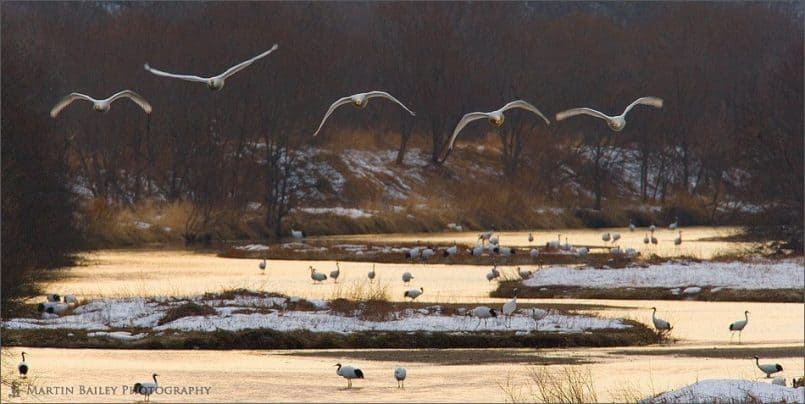
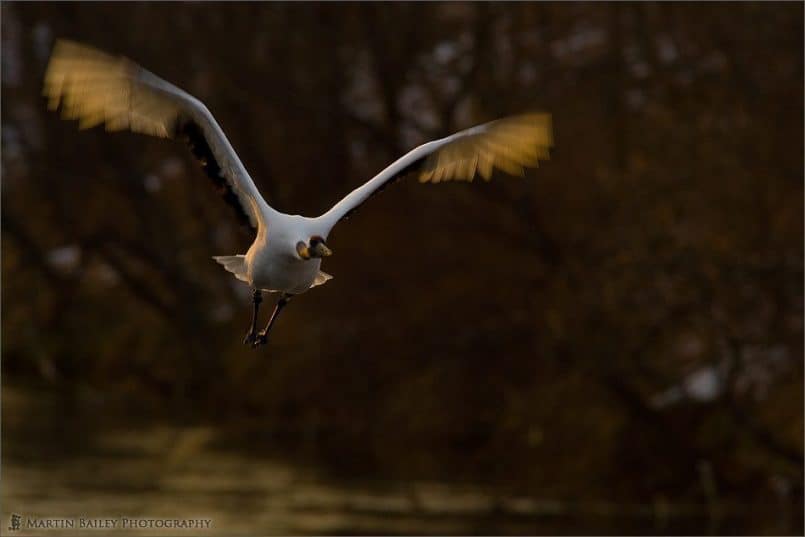
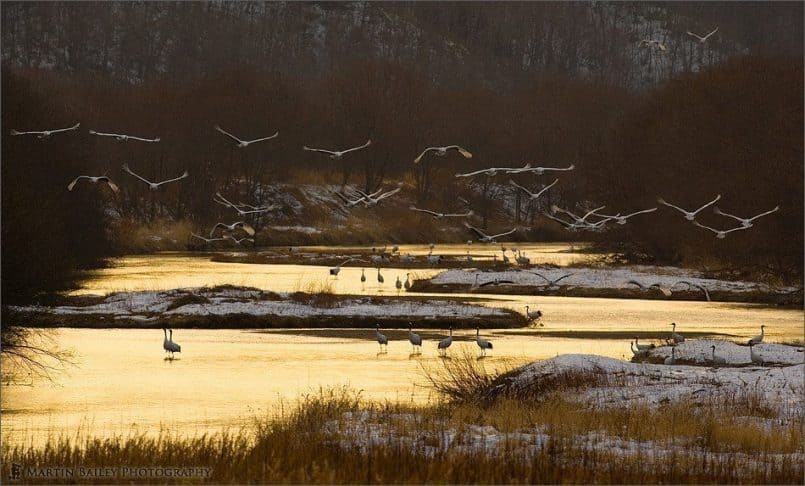
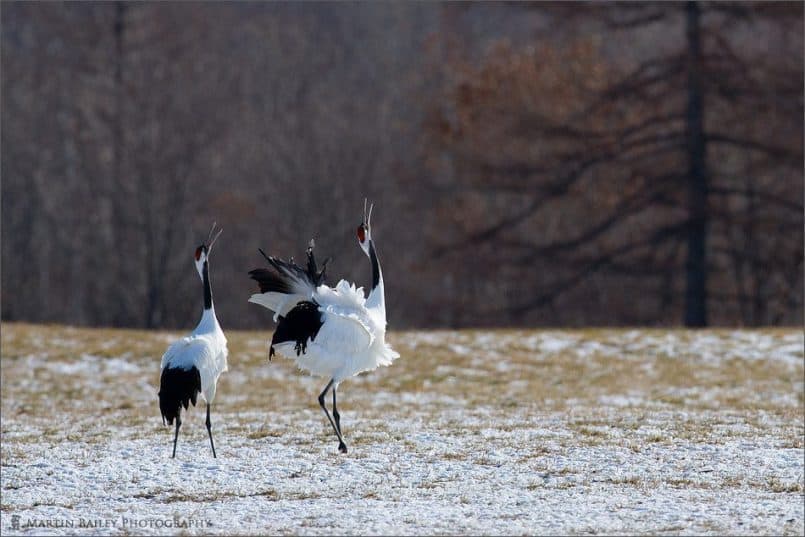

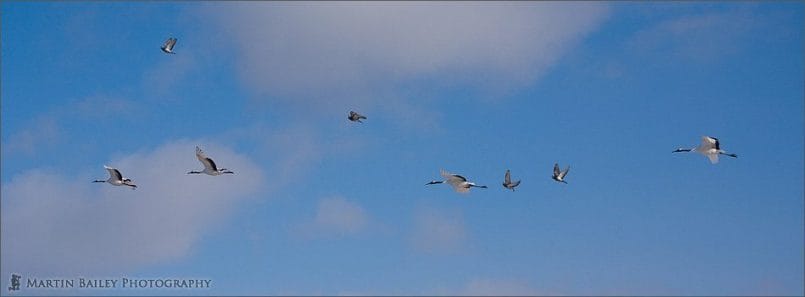
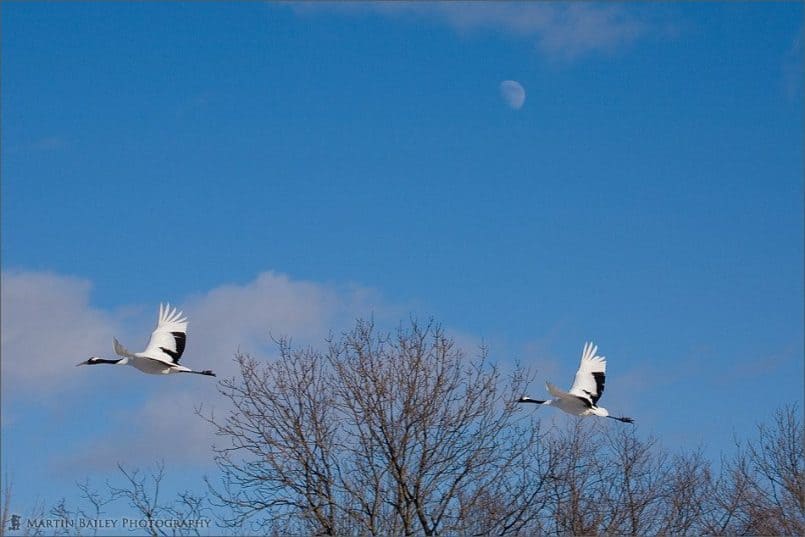
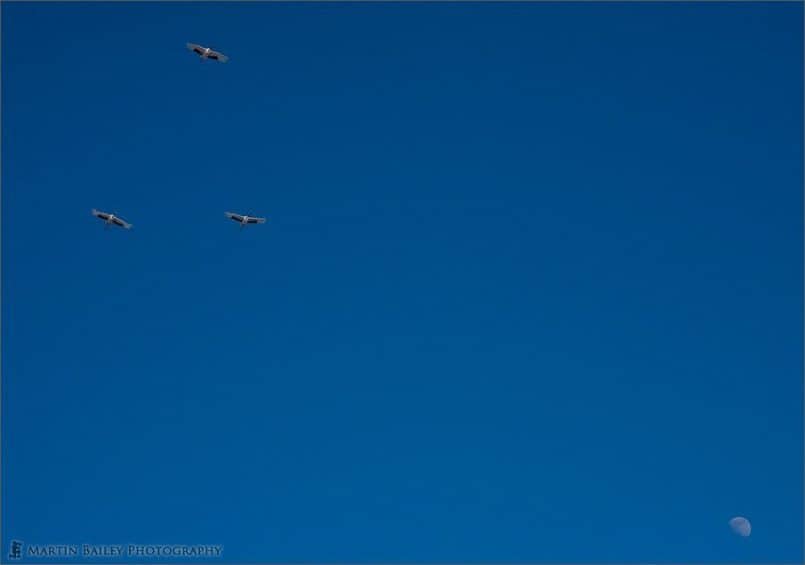
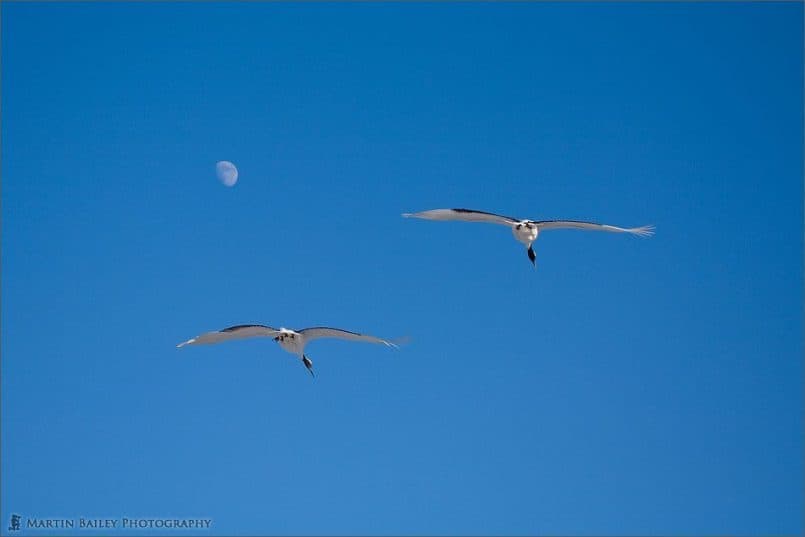
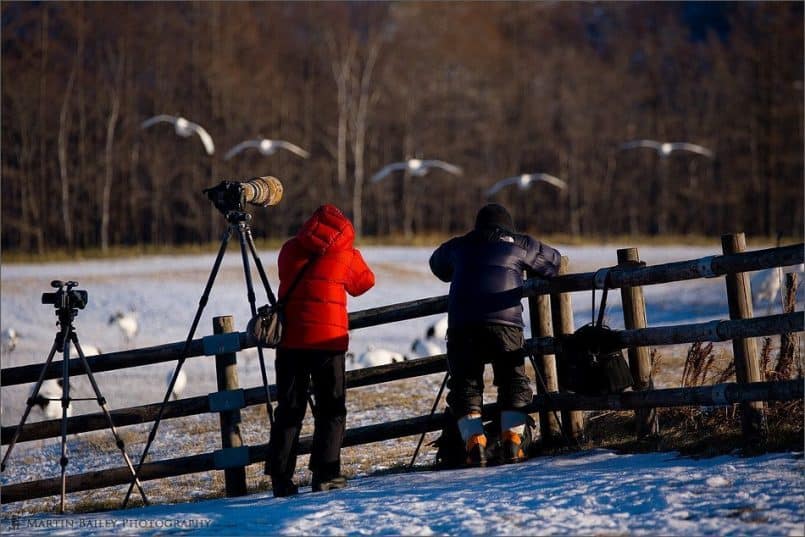

I would very much appreciate if you could please make your paragraphs shorter (i.e. 3-4 sentences) and leave a space between each paragraph. I have some cognitive dysfunction and very poor eyesight (even with glasses) and I find your posts impossible to read – I can only look at the photos.
Thank you for your consideration of my request.
Vicki
PS Love your photos by the way.
Sorry about that Vicki.
These are very old posts, just being uploaded so that I can remove my old Web site. I think you’ll find my newer posts already have shorter paragraphs.
Thanks for the kind words about my photographs!
Also, note that there is an audio player towards the top of each post. Click that and I’ll read the post out for you!